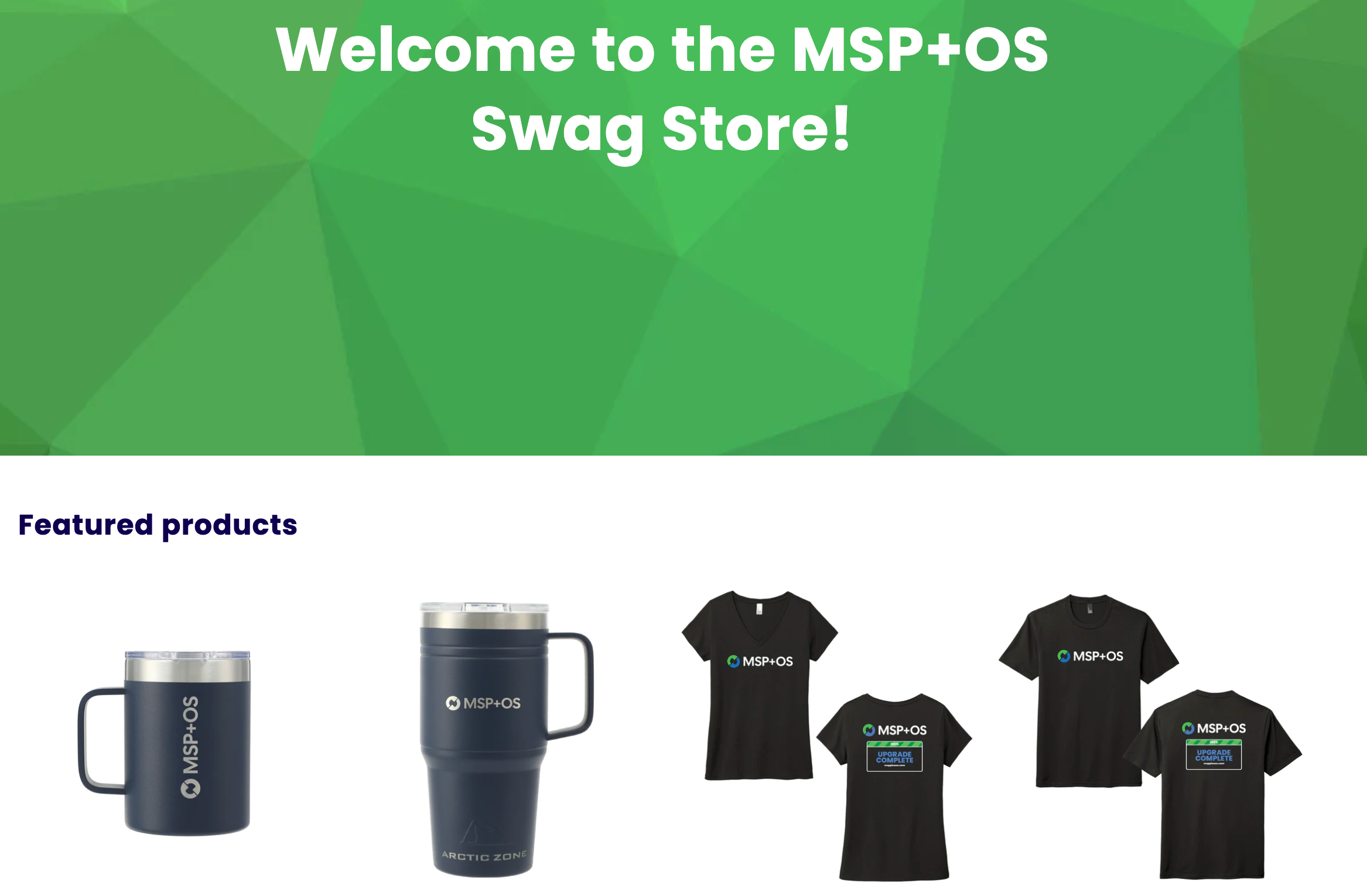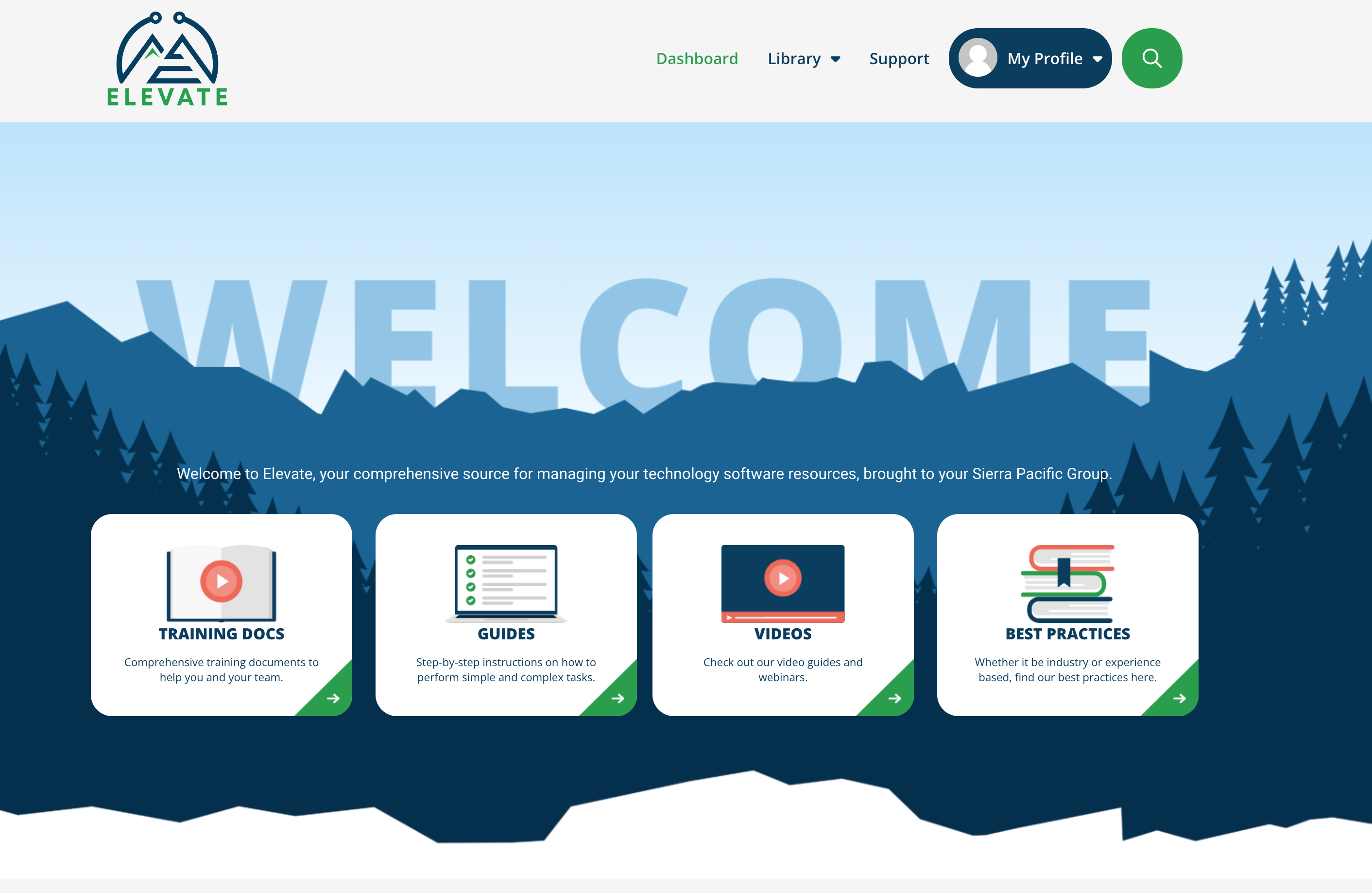There are two primary paths to growing an MSP: organic growth and mergers & acquisitions.
The latter is far speedier. However, many business owners don’t consider M&A because breaking into the sphere seems daunting.
Fortunately, MSP+OS recently hosted a webinar where we outlined how MSPs can approach M&A for success and longevity.
In Part 2 of this recap, we cover:
-
Maintaining balance throughout demanding work sprints
-
The value of autonomy for your teams post-merger
-
How to maintain accountability throughout M&A
Let’s dive in.
Maintaining balance throughout demanding work sprints
If you’re a core member of a small company, Pete Sholts, VP of Business Strategy at Applied Tech, recommends sitting down with your family to hash out all of the sacrifices you’re willing (or not willing) to make for this business.
For instance, when Pete underwent the M&A process, he and his wife ultimately sold their farm to focus on the business. His wife now works at home to concentrate on caring for the family.
All of this is to say: M&A takes a lot of work. Make sure everyone is on board.
This extends to your team — take care of them as you would your family. Ask yourself:
-
Is my team having the personal conversations they need to have?
-
Are they able to achieve the work-life balance we’re striving for?
Tips for encouraging work-life balance during crunch time
When Pete knows a deal is imminent, he encourages his team to take a week or two of vacation ahead of time. Businesses often dangle vacation perks as a reward after big pushes, but encouraging the break beforehand actually ensures that:
-
People begin the work marathon well-rested.
-
You’re promoting a people-first culture that values wellness.
-
Vacation time isn't pushed back indefinitely if a project takes longer than anticipated.
Even more, nurturing this kind of environment can start as early as the hiring process.
In Pete’s case, Applied Tech makes sure to ask interviewees about their personal interests to ensure they’ll hit it off with the team and their emphasis on a culture of balance.
The value of autonomy for your teams post-merger
Pete explains that training integration with your new wave of employees is about bringing in the right people for the job and your overall business.
That’s why Applied Tech stopped endlessly documenting processes and procedures.
Instead, they’ve focused on seeking standout employees and arming them with the information they need to make the right decisions on their own.
This kind of autonomy is also valuable for solving a common issue for mergers:
It’s difficult to maintain, integrate, and train a standard tech stack when absorbing a totally separate company. The “rip and replace” approach is incredibly expensive and time-consuming.
While keeping a slim tech stack is ideal, you need to be reasonable and roll with the punches when your newly acquired team arrives with different tools they’re not ready to abandon.
How to maintain accountability throughout M&A
Company success throughout M&A isn’t just about best practices or processes.
It’s about pure KPIs. Even if your team is consistently hitting benchmarks, keep tracking that data because, throughout an acquisition, KPIs will shift.
For instance, the team at Applied Tech uses regular scorecards as a system of accountability.
-
Every member of every team submits scorecards with their data every week.
-
Team leads gather and report on that data.
-
That data then makes its way to senior leadership for weekly calls.
The frequency of these assessments ensures high-level team alignment.
If people are working on diverging paths, you can catch it early on.
Overall, tracking KPIs with intention yields dividends. When you have procedural alignment, everything can (more or less) take care of itself.
Pete’s M&A mantra: ‘Perfect is the enemy of good’
Ultimately, Pete has three tips for getting the hard work done throughout the M&A process:
-
Good is better than perfect — Scaling and M&A are all about getting through tasks.
-
Done is better than finished — “Done” and “finished” aren’t synonyms here. It’s essential to get your V1 out there because the learnings you gain will be crucial to a great V2. You don’t need perfection to release something and refine it down the line.
-
Best practices should be general & open — Your teams need guidelines. They also need autonomy to think and problem-solve for themselves. This fluidity also applies to KPIs: If they start to suffer, it’s time for the team to pivot.
Searching for a perfect solution will prevent you from creating the actual product.





